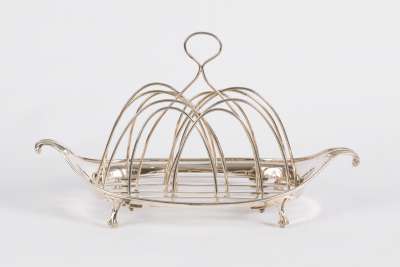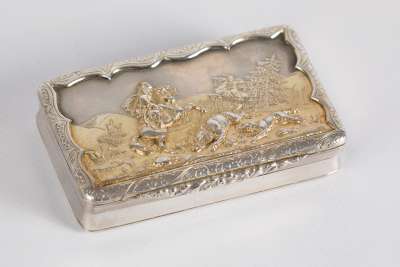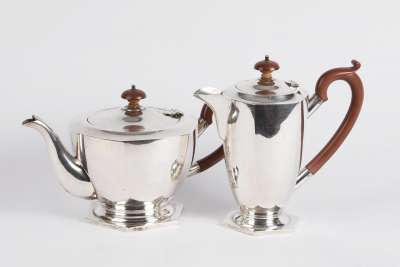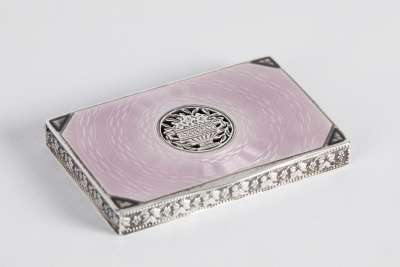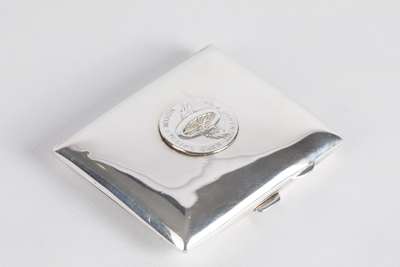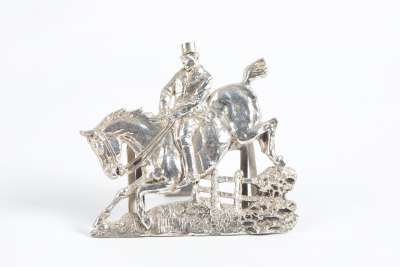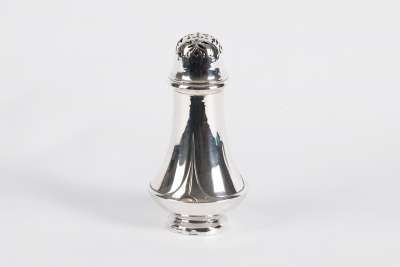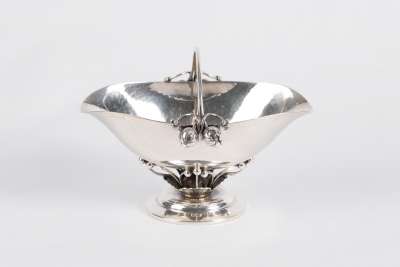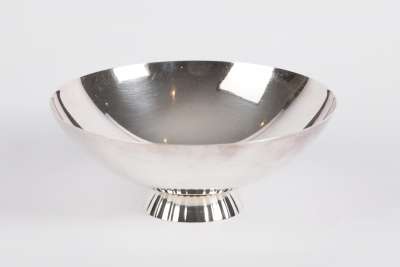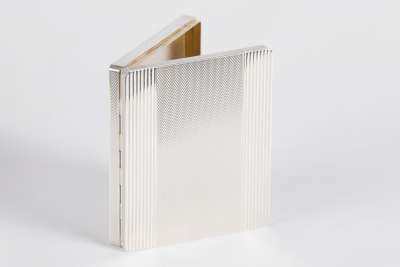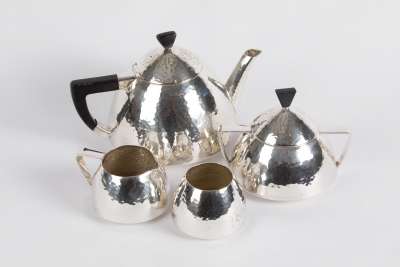This antique magnifying glass features a handle crafted from the iridescent beauty of Mother of Pearl, showcasing a subtle yet distinguished elegance. The handle is hallmarked Sheffield 1889, with the maker's mark 'RM,' which is possibly attributed to Richard Morton, a known figure in the craftsmanship of the period. The magnifying glass itself is a later addition, complementing the distinguished design of the handle. Originating from England, this piece beautifully exemplifies the fine craftsmanship of the late 19th century.
Condition Report
The condition of this magnifying glass is categorised as very good, with minimal signs of age and wear, which is expected for an item of its age. The Mother of Pearl handle remains intact with its lustrous sheen, showing only slight signs of age-related wear. The later added magnifying glass is in excellent condition, clear and free of significant scratches, providing a functional enhancement to the antique handle. The hallmark remains legible, preserving its historical authenticity. Overall, the piece maintains its original character and integrity.
Dimensions
Weight: 137gm, Length: 16.7cm, Width: 7.58m, Height: 1.3cm.
A Useful Tool for Reading and Examination
The original intended use of this item was as a magnifying glass, a practical tool designed to aid in reading and examination of fine print or detailed objects. During the late 19th century, such tools were not only functional but also served as status symbols, often carried by those with an appreciation for finely crafted objects. The addition of a Mother of Pearl handle indicates an emphasis on aesthetic appeal and refinement, marking this piece as both a practical and decorative object.
Victorian Era Craftsmanship
This magnifying glass is a hallmark of Victorian era craftsmanship, characterised by its ornate and meticulous design. The choice of Mother of Pearl for the handle reflects the Victorian fascination with natural materials and their ability to convey luxury and sophistication. During this period, the integration of such materials was popular in crafting personal items that were both functional and fashionable. The design combines utility with a decorative allure, embodying the elegance typical of late 19th century British decorative arts.
The Art of Mother of Pearl Inlay
The handle's Mother of Pearl inlay is a testament to the meticulous craftsmanship of the time. Mother of Pearl, sourced from the inner shell layer of molluscs, requires skilled artistry to be shaped and polished into the desired form. The process involves cutting, shaping, and smoothing the material to enhance its natural iridescent qualities. The hallmarking process, evident on the handle, indicates the precision and care involved in creating a piece that not only served a functional purpose but also adhered to the standards of quality and authenticity expected in Sheffield during the late 19th century.
Attributed to Richard Morton
This piece is hallmarked with 'RM,' possibly attributed to Richard Morton, a craftsman known for his work in Sheffield during the 19th century. Sheffield was a hub for silversmiths and artisans, renowned for producing high-quality metalwork. Morton's work is characterised by attention to detail and the use of quality materials, aligning with the craftsmanship seen in this magnifying glass. While specific details about Morton are sparse, the hallmark signifies adherence to the rigorous standards of Sheffield craftsmanship during this era.
Collected for Victorian Elegance
Collectors are often drawn to pieces like this magnifying glass for its embodiment of Victorian elegance and craftsmanship. The combination of utility and decorative appeal makes it attractive to those with an interest in historical objects that reflect the societal values of the time. The use of Mother of Pearl adds a unique element that collectors appreciate for its natural beauty and the skill required to work with such a material. As a result, items like this are prized for their historical significance and the insight they provide into the artistry and craftsmanship of the Victorian period.


